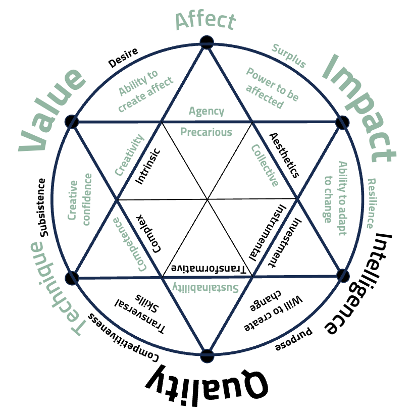
The climate crisis exacerbates feelings of uncertainty, anxiety, and powerlessness as people grapple with its immediate and long-term impacts. Unforeseen weather patterns, rising sea levels, and environmental degradation engender a sense of impending doom, while the gradual, pervasive nature of the crisis often renders it as unavoidable and uncontrollable. For many, the absence of tangible solutions or meaningful political intervention further intensifies the feeling of helplessness.
The future appears uncertain, and traditional indicators of stability—such as the economy, social order, and even human survival—are increasingly at risk. This generates a profound emotional burden, where individuals and communities struggle with both personal fear and shared existential crisis. The immense scale of the problem, coupled with political inertia, often leaves people feeling isolated, incapable of effecting change or even fully comprehending the magnitude of the impending challenges.
Well-established techniques from the arts and culture, such as improvisation, irony, subversive affirmation, or parody, can provide powerful tools for individuals and communities to cope with uncertainty, anxiety, and powerlessness, particularly in increasingly fragmented and crisis-prone societies. Instead of offering pre-fabricated solutions or attempting to restore lost control, artistic forms of expression can assist in navigating uncertainty, managing the incalculable, and inhabiting the unknown in a more creative and resilient manner.
Improvisation techniques foster capacities to adapt to change by inviting participants to engage with the present moment, actively listen to others, and collaboratively construct meaning without a pre-determined script. Subversive affirmation, manifested through performances of exaggerated positivity or identity, transforms into a form of resistance. In contrast, parody and irony serve to expose the inherent contradictions and absurdities of dominant narratives, thereby empowering individuals to reclaim their interpretive agency. They can disarm systems of power by making them appear ridiculous or fragile, while also giving people emotional distance from fear or trauma.
Together, these techniques do not only help managing crisis situations but also generate continuity amid multiple crisis and disruption. By detecting weak signals, art and culture provide rhythms, symbols, and collective rituals that echo across time and space, offering a sense of coherence without demanding uniformity. In doing so, they create new forms of social cohesion and affective infrastructure.
Even in the absence of an overarching overview or certainty regarding the future, creative forms of imagination foster confidence. This is not because it possesses the ability to provide exhaustive explanations, but rather because it opens up spaces for artistic expression, collective response, and reimagination. Arts and culture do not merely serve as a mirror reflection of crises; they enable us to practice and rehearse novel modes of living through or in response to them.
Specific challenges for PACESETTERS main target groups:
- For artists and creatives: Sharing their privileges and techniques to create affect and in doing so promoting a sense of the power to be affected
- For research: Registering and analysing the impact of affective strategies for creative confidence to adapt to change increase creative resilience
- For policymakers: Acknowledging and promoting the capacities of art and culture to provide agency to deal with precariousness and create affect that helps to overcome powerlessness.
- For finance and investment: Supporting the development of instruments to detect weak signals and create a surplusthat surpasses pre-determined solutions and exceeds expectations.
